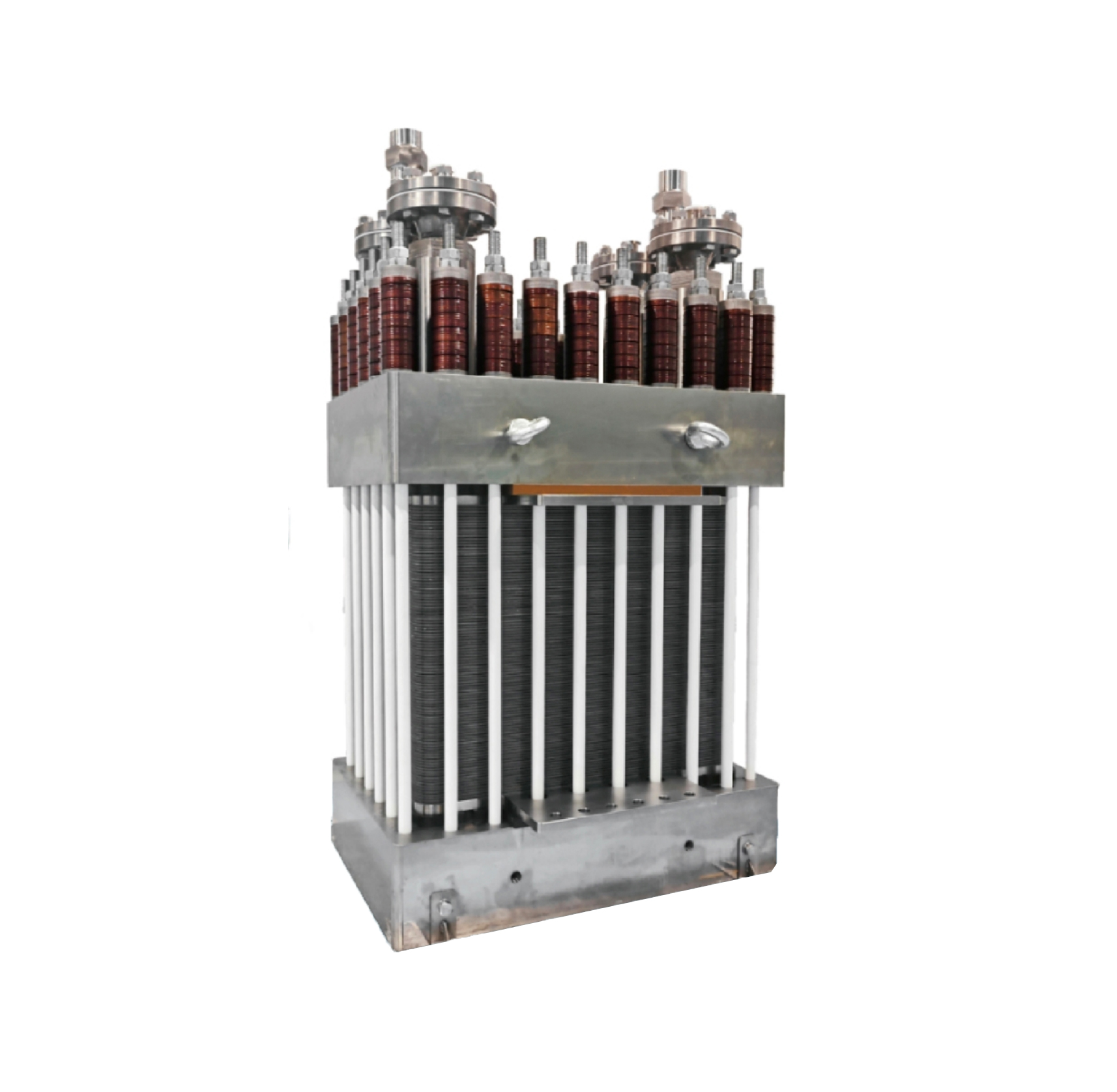PEM (Proton Exchange Membrane) electrolysis and alkaline water electrolysis are two common methods for hydrogen production. Both methods have their own advantages and disadvantages, and understanding the differences between them is crucial for choosing the most suitable method for specific applications.
PEM electrolysis uses a solid polymer electrolyte membrane to separate the hydrogen and oxygen produced during the electrolysis process. This method operates at relatively low temperatures, typically around 80 degrees Celsius, and at high pressures, which results in higher efficiency compared to alkaline water electrolysis.
On the other hand, alkaline water electrolysis uses a liquid alkaline electrolyte, typically potassium hydroxide, to facilitate the electrolysis process. This method operates at higher temperatures and lower pressures compared to PEM electrolysis, which can result in lower efficiency but also lower capital costs.
One of the key differences between the two methods is the purity of the hydrogen produced. PEM electrolysis typically produces high-purity hydrogen (up to 99.999%), making it suitable for applications that require high-purity hydrogen, such as fuel cells. In contrast, alkaline water electrolysis produces lower-purity hydrogen (typically around 99%), which may require additional purification steps for certain applications.
In terms of energy consumption, PEM electrolysis generally requires less energy compared to alkaline water electrolysis, due to its higher efficiency at lower temperatures and higher pressures. This can result in lower operational costs and overall lower carbon footprint for PEM electrolysis systems.
However, alkaline water electrolysis has its own advantages. It is a well-established technology with lower capital costs compared to PEM electrolysis, making it more accessible for smaller-scale applications or where capital investment is a limiting factor. Additionally, alkaline water electrolysis can tolerate impurities in the water source, which can be advantageous in certain settings.
In summary, both PEM electrolysis and alkaline water electrolysis have their own unique characteristics and trade-offs. PEM electrolysis offers higher efficiency, higher purity hydrogen, and lower energy consumption, but at a higher capital cost. Alkaline water electrolysis, on the other hand, has lower capital costs and can tolerate impurities in the water source, but may require additional purification steps for certain applications and has lower efficiency.
The choice between the two methods ultimately depends on the specific requirements of the hydrogen production application, including purity requirements, energy consumption constraints, capital investment considerations, and the availability of a suitable water source. As both technologies continue to advance, it is likely that their respective advantages and disadvantages will be further optimized, making them even more competitive in the evolving hydrogen economy.

